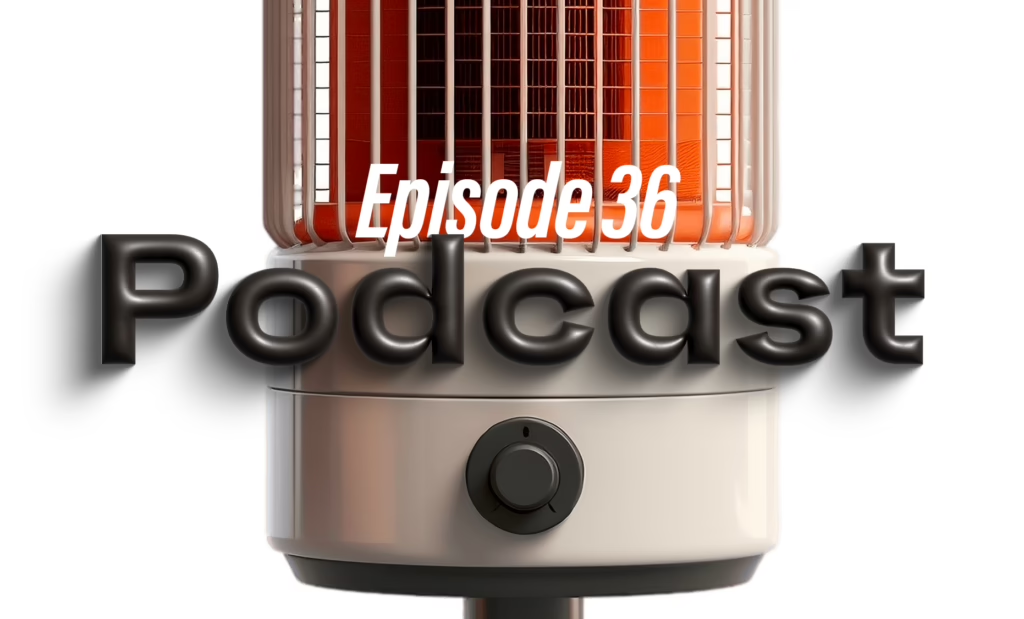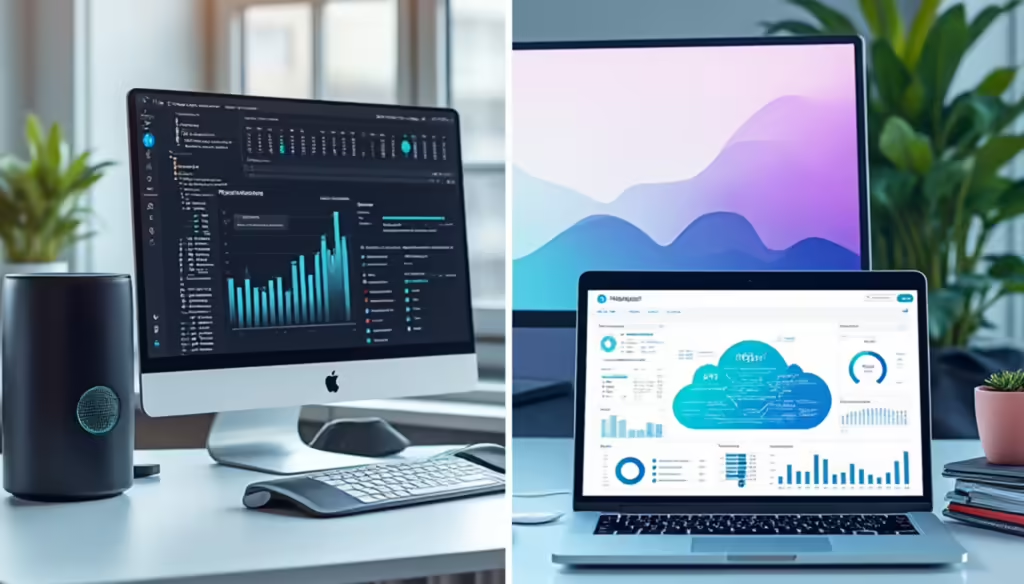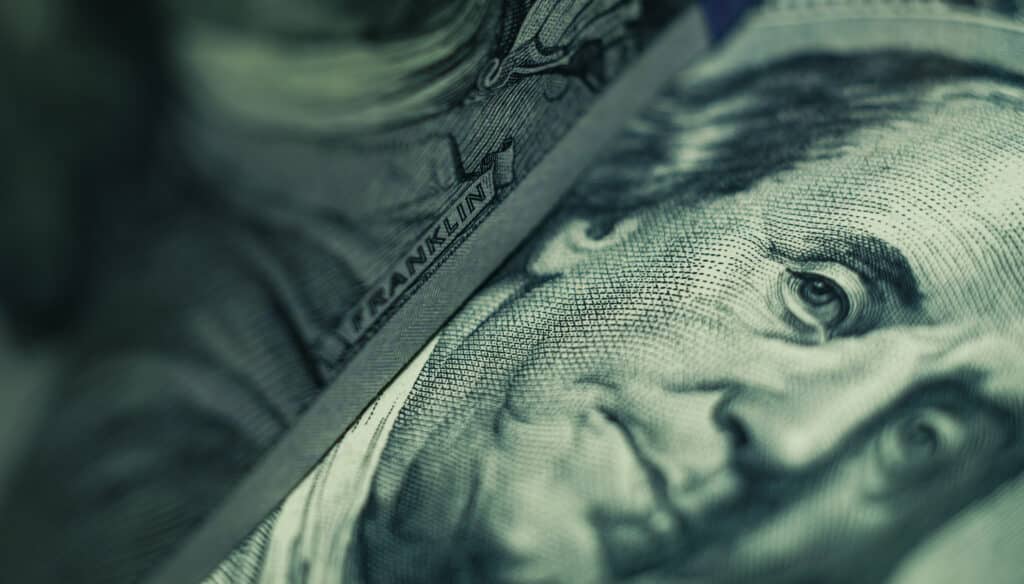With Laurier Mandin, Andreas Schwabe and Bryn Griffiths
Haagen Dazs and Doritos are made-up words, meant to sound Norwegian and Spanish respectively. Your own name is the sweetest sound you’ve ever heard. But what would have happened had Jeff Bezos given Amazon his preferred name: Cadabra (as in Abracadabra)? What if Starbucks had gone with its first choice, Cargo House? Names can be a boon or a bust. Laurier Mandin and Andreas Schwabe talk with Bryn Griffiths about brand names, how they are created — and what you must know to nail yours and avoid a branding blunder.





